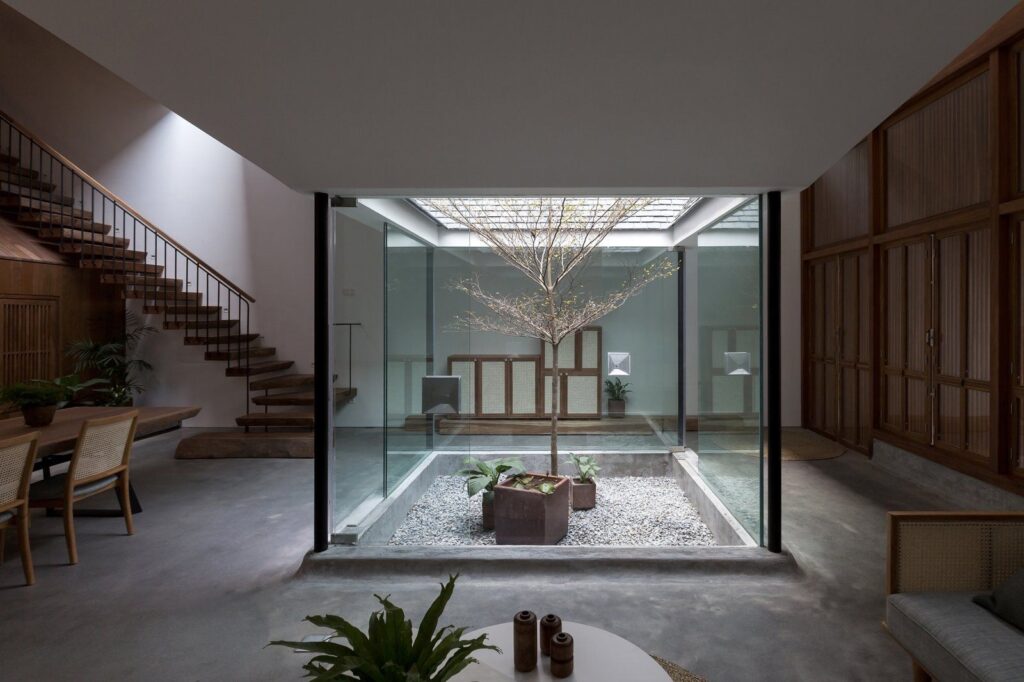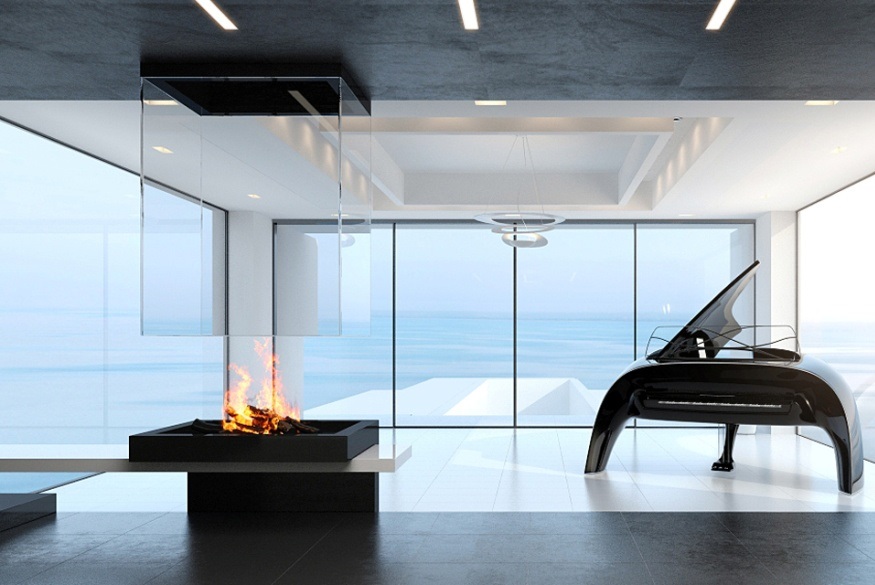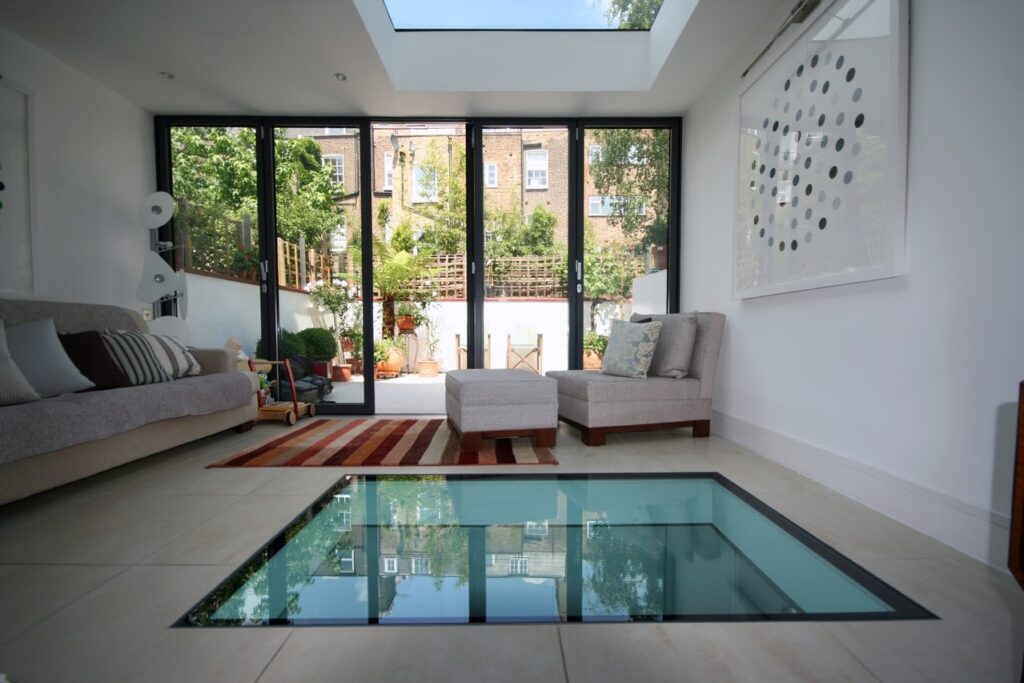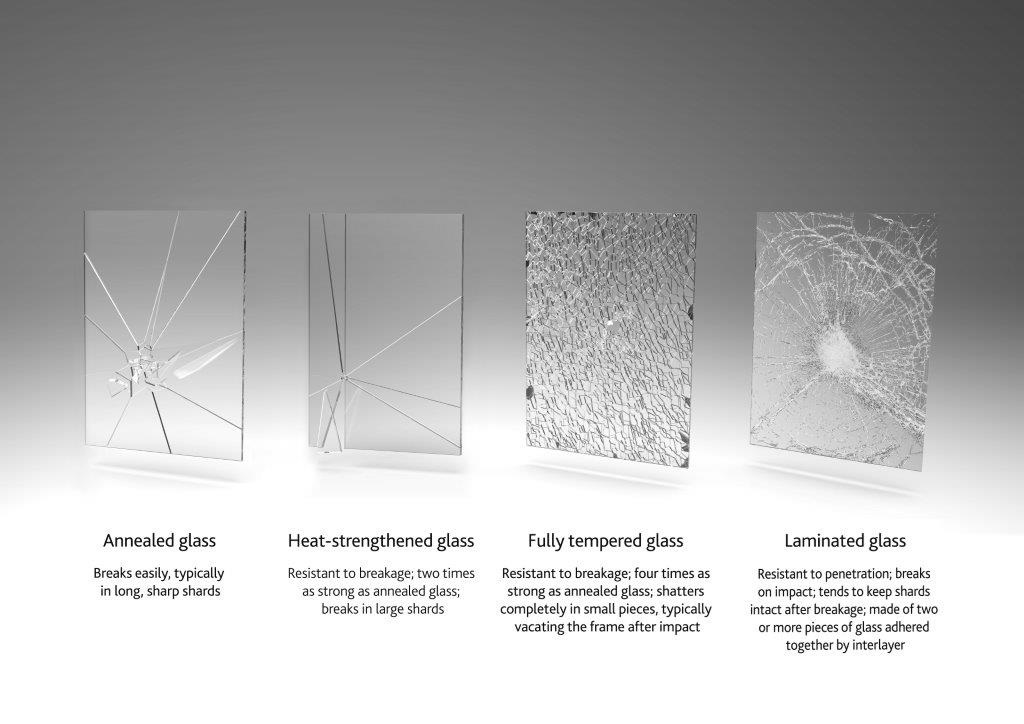Interior Glass

Interior glass refers to a diverse range of glass types used within buildings to enhance aesthetics, provide functionality, and ensure safety while allowing light to pass through.

Applications:
- Partitions: Creates visual separation between spaces while maintaining a sense of openness and natural light flow.
- Doors: Offers a modern and sleek alternative to traditional opaque doors, enhancing spatial fluidity.
- Balustrades: Provides safety on staircases or balconies without obstructing views.
- Shower Enclosures: Creates a stylish and functional barrier in bathrooms.
- Skylights: Enhances natural light transmission in interior spaces, promoting a brighter environment.


Key Features:
- Aesthetic Enhancement: Enhances interior design by adding transparency and light.
- Functional Benefits: Provides soundproofing, privacy options, and safety without compromising on light transmission.
- Versatility: Available in various types (e.g., clear, frosted, tinted) to suit different design needs.
- Customization: Can be customized in terms of size, shape, and glass type (e.g., laminated, toughened) for specific applications.
Breakage Pattern: Interior glass can be reinforced with processes like toughening or laminating to enhance its strength and safety characteristics, making it suitable for demanding environments. When broken, interior glass tends to fracture into larger, safer pieces rather than sharp shards, reducing the risk of injury.

Conclusion: Interior glass is a versatile element in modern architecture, offering transparency, light, and safety across various applications. Its ability to create spatial divisions while maintaining visual connectivity and natural light flow makes it indispensable in both residential and commercial settings. Whether used in partitions, doors, or skylights, interior glass enhances the aesthetic and functional qualities of interior spaces.

